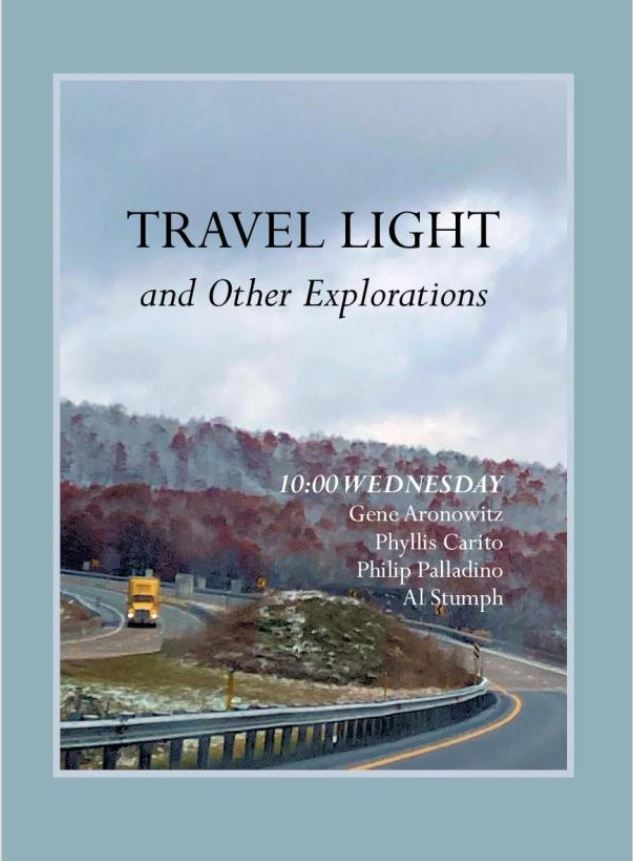Our Day of the Dead
By Gene Aronowitz
Growing up in a Jewish Family, I was familiar with the Jewish rituals designed to honor their dead. I attended many funerals and occasionally visited the mourners’ homes as they “sat shiva.” The word shiva means “seven,” and this practice includes seven days of communal mourning designed to facilitate emotional healing. On the anniversary of the passing of loved ones, many mourners light a twenty-four-hour candle. On the afternoon of the holiest day of the year, Yom Kippur, there is a public communal memorial service during which the names of all those being remembered are read. Although not an observant Jew, I have always tried to emulate the spirit of those practices.
For over thirty years, ending in 2018, My wife, Linda, and I lived in Sunset Park, Brooklyn, which was then over 40% Hispanic, many of whom were Mexican Americans. During late October and early November, local bakeries were stocked with pan de Muerto, or bread of the dead, and with cakes, cookies, and rolls similarly decorated with the likenesses of skeletal skulls. Customers consumed these delicacies during Dia de los Muertos, or Day of the Dead, celebrated on November 1 and 2 each year, primarily in Mexico. Their joyous observances are typically structured like family reunions during which the departed persons are presumed to be the guests of honor. Although neither of us is of Mexican heritage, Linda and I decided to use the Day of the Dead celebration as a model for our own remembrances. We decorated part of our 3-story Brooklyn brownstone townhouse with vases and garlands of marigolds from our garden and enjoyed the Day of the Dead bread and pastries. Then in 2010, we decided to celebrate the lives of a greater number of relatives and light a candle for each, as I had experienced growing up Jewish.
It was easy for me to expand the list of our honorees. I am the family genealogist, keeping track of my mother’s and father’s ancestors and descendants and those of my wife’s parents. I also track those of my ex-wife’s parents because those families are kin to my children. There are 1510 names on my family tree, and 288 of those individuals have died. They were mostly distant relatives with whom neither Linda nor I had personal relationships. However, we were able to identify 50 relatives that one or both of us knew personally and meaningfully. I printed a list of those individuals for our 2010 observance.
In the hallway on the third floor of our Brooklyn brownstone, we had a large marble-topped rectangular table that was built by Linda’s great uncle, who had died 26 years before. We thought the table could serve as a suitable altar because it was large enough to hold the 50 clear glass votive candles we bought, one for each of the 50 people on our remembrance list. Each candle was designed to burn for 10 hours. As each was lit, I recited one of the names off the list, and we talked about our relationships with those relatives, including some humorous anecdotes. This process took almost an hour.
When the ceremony ended, we went down to our ground floor but would check on our conflagration from time to time to assure ourselves that our home was not in danger of burning down. The last time we went up, about two hours after we lit the candles, we could hardly breathe; 50 candles can consume a lot of oxygen. All of the windows and doors had been closed because of the near-freezing temperature on that November 1 st day. We opened them slightly and blew out all of the candles. This eliminated the specter of the whole house becoming as asphyxiating as the third floor had become, conceivably suffocating us as we slept, prematurely having us join the ranks of those we were honoring.


